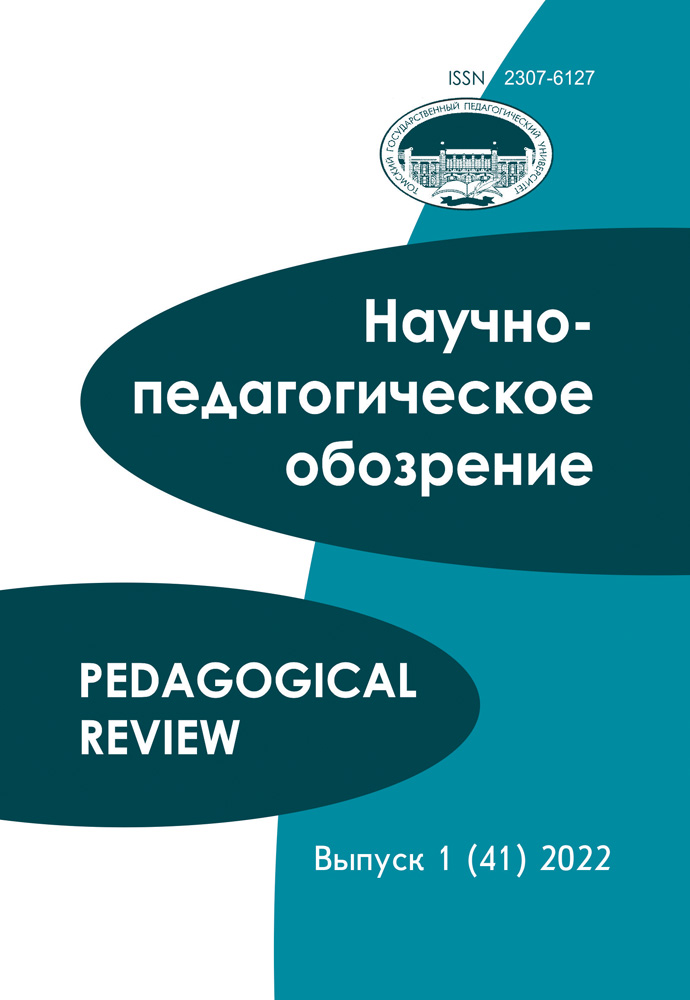Search
| # | Search | Downloads | ||||
|---|---|---|---|---|---|---|
| 1 | Most phraseological units that name a person do not contain in their semantic structure any reference to the actual biological sex of the person they denote. By their grammatical nature, Russian phraseological units have a masculine or feminine form expressed by the inflection of the main grammatical component. However, this form is usually not gender-specific and is used to refer to both a man and a woman (kisejnaya baryshnya, belaya vorona. Free translation: blue-haired girl, white crow). In Tatar and Khanty languages, there is no category of gender. Phraseological units denoting persons of both genders can be found mostly in Russian. In a small part of phraseological units it is possible to change the gender of the main grammatical component to denote persons of the opposite gender (zmeya podkolodnaya – zmej podkolodnyj. Free translation: snake in the grass(she/he)), the component is rarely replaced to identify the referent of the speech situation (bazarnaya baba – bazarnyj muzhik. Free translation: Gossipmonger (she/he)). The article presents the results of a comparative analysis of phraseological units characterizing only one woman in languages of different systems. Although phraseological units are a deeply national phenomenon, their analysis suggests that the signs of femininity and the features of the female behavioral model named by these units coincide in Russian, Tatar, and Kantian linguistic images of the world. The problems of gender identity, gender differentiation, and cultural conditioning align with the most popular humanitarian research today, which determines the relevance of this work. The article analyzes phraseological units reflecting ideas about the feminine principle or femininity, and their classification is made according to the classification of semantics and connotations. Feminine phraseological units in different linguistic cultures mainly characterize a woman’s physiological-anatomical, intellectual-psychological and socio-axiological features and the “world of women.” From the differences in the figurative basis of phraseological units characterizing a woman in the languages of neighboring peoples, one can infer a culturally universal approach to evaluating certain traits recognized as purely feminine. Keywords: phraseological unit, phraseological image of the world, femininity, gender stereotypes, semantic properties, figurative basis of phraseology | 713 | ||||








